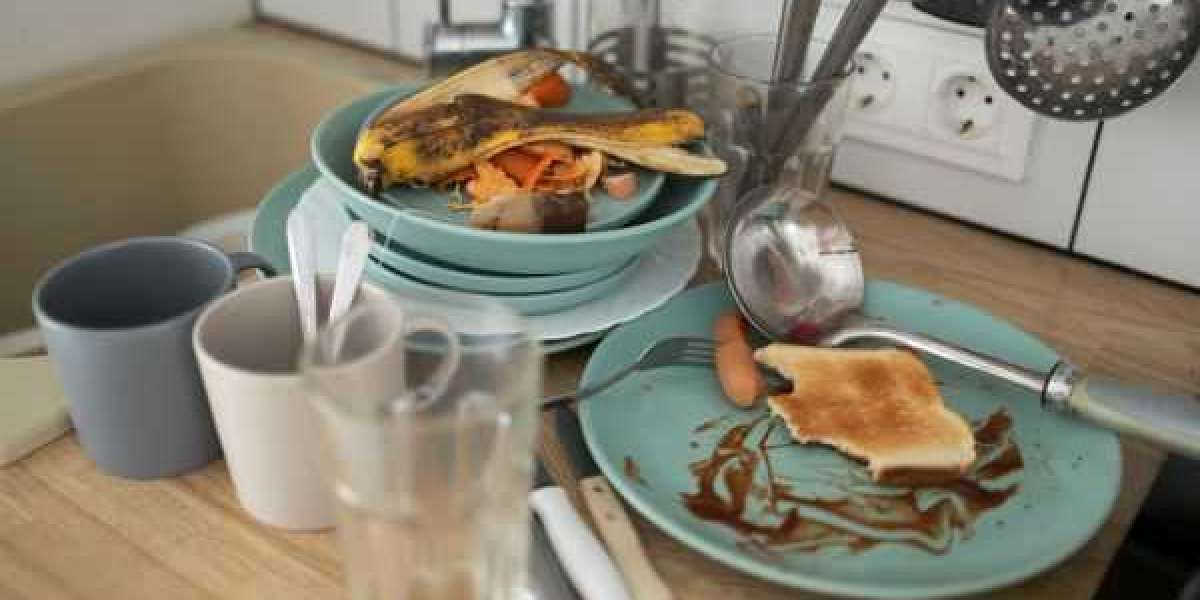Nylon cookware has become a staple in many kitchens due to its affordability, flexibility, and compatibility with non-stick surfaces. However, in recent years, concerns have arisen over its safety, prompting home cooks and health-conscious individuals to ask: is nylon cookware toxic, or has it simply been misunderstood? This article takes a closer look at what nylon cookware is, what potential risks it poses, and whether or not it deserves its controversial reputation.
What Is Nylon Cookware Made From?
Nylon is a synthetic polymer made from petrochemicals, specifically designed to withstand moderate heat and pressure. In kitchen tools, it’s most commonly used in spatulas, ladles, pasta servers, and spoons. Unlike metal utensils, which can scratch delicate non-stick coatings, nylon tools are gentle and preserve the life of cookware.
However, the concern begins with temperature. Most nylon utensils begin to degrade at around 400°F (204°C). If exposed to higher temperatures, they may melt, warp, or release chemical byproducts. This is where the question "is nylon cookware toxic" often comes into play—mainly due to fears about leaching chemicals and long-term health effects.
Chemical Concerns and Heat Exposure
When nylon is heated beyond its recommended limit, it can break down and release substances such as oligomers and potential plasticizers. These compounds, in high amounts, are suspected of being harmful when ingested or inhaled. However, it's important to note that under normal cooking conditions, most users never expose nylon utensils to such extreme temperatures.
Despite that, health experts have voiced concerns that even occasional overheating could lead to minor chemical leaching. So, is nylon cookware toxic? The answer depends largely on how it's used. If you're regularly stirring hot oil or leaving a nylon spoon resting in a hot pan, there’s a higher chance of exposure to degraded material.
Comparison with Other Cookware Materials
To better assess the risks, it's helpful to compare nylon with other common materials used in the kitchen:
- Silicone: Can withstand higher temperatures (typically up to 600°F) and is generally considered food-safe. It is often recommended as a safer alternative to nylon.
- Stainless steel: Very durable and non-toxic but not ideal for non-stick surfaces.
- Wood: Natural and non-toxic, but prone to absorbing moisture and harboring bacteria if not properly maintained.
Compared to these options, nylon falls in the middle. It's more heat-resistant than plastic but less durable and safe than silicone or wood. That’s why many kitchen safety experts suggest using nylon with care and avoiding prolonged high-heat exposure.
Regulatory Oversight and Product Safety
Nylon cookware sold in reputable stores generally complies with food safety regulations. Agencies like the U.S. Food and Drug Administration (FDA) have established guidelines for food-contact materials, including nylon, to ensure they are safe when used properly.
However, not all manufacturers adhere to the same standards, especially in unregulated markets or with knockoff brands. If you’re still wondering, is nylon cookware toxic, you should know that risks increase with poorly manufactured products that may contain added chemicals, dyes, or non-food-grade polymers. It’s always best to buy from trusted brands and check for “BPA-free” or “FDA-approved” labels.
Best Practices to Minimize Risk
Even though the jury is still out on the long-term effects of nylon exposure, there are several steps consumers can take to reduce risk while continuing to use nylon tools safely:
- Avoid High Heat: Never use nylon utensils in frying or baking environments where the temperature exceeds 400°F. Opt for silicone or metal instead.
- Replace When Damaged: Discard any nylon tool that shows signs of melting, discoloration, or cracking.
- Do Not Leave in Hot Pans: Remove nylon utensils from cookware immediately after use to prevent heat exposure.
- Hand-Wash with Care: Though many nylon tools are dishwasher safe, hand-washing at lower temperatures extends their life and reduces wear.
- Choose Certified Products: Look for utensils that meet food-safety standards and avoid cheap, unbranded options.
By following these simple steps, the concern around "is nylon cookware toxic" can be addressed practically rather than fearfully.
Final Verdict: Caution, Not Panic
So, is nylon cookware toxic? The answer isn’t black and white. While nylon is not inherently toxic, misuse—such as exposing it to high temperatures or buying low-quality items—can increase potential health risks. When used correctly and purchased from reputable sources, nylon cookware is generally safe for everyday cooking.
However, those seeking complete peace of mind might prefer alternatives like silicone or stainless steel, especially for high-heat applications. In the end, knowledge and safe usage are key. Understanding the properties and limits of your kitchen tools empowers you to make informed choices and keep your meals both delicious and safe.






